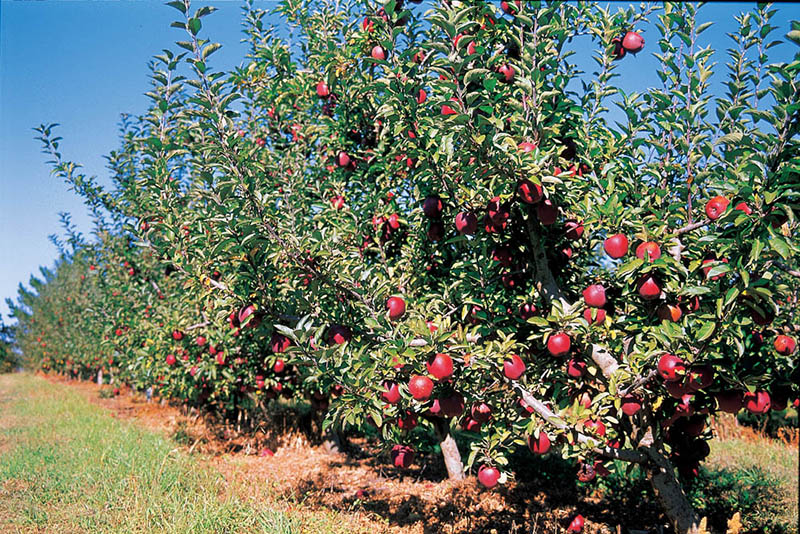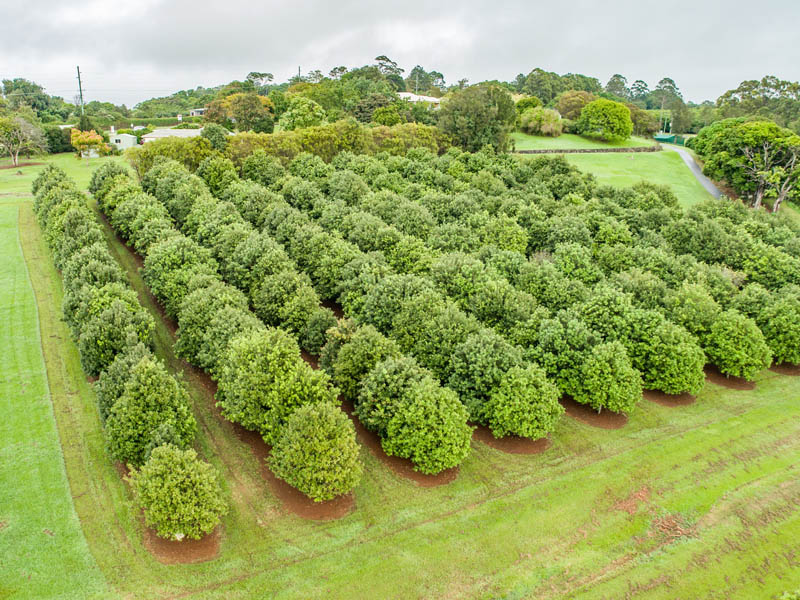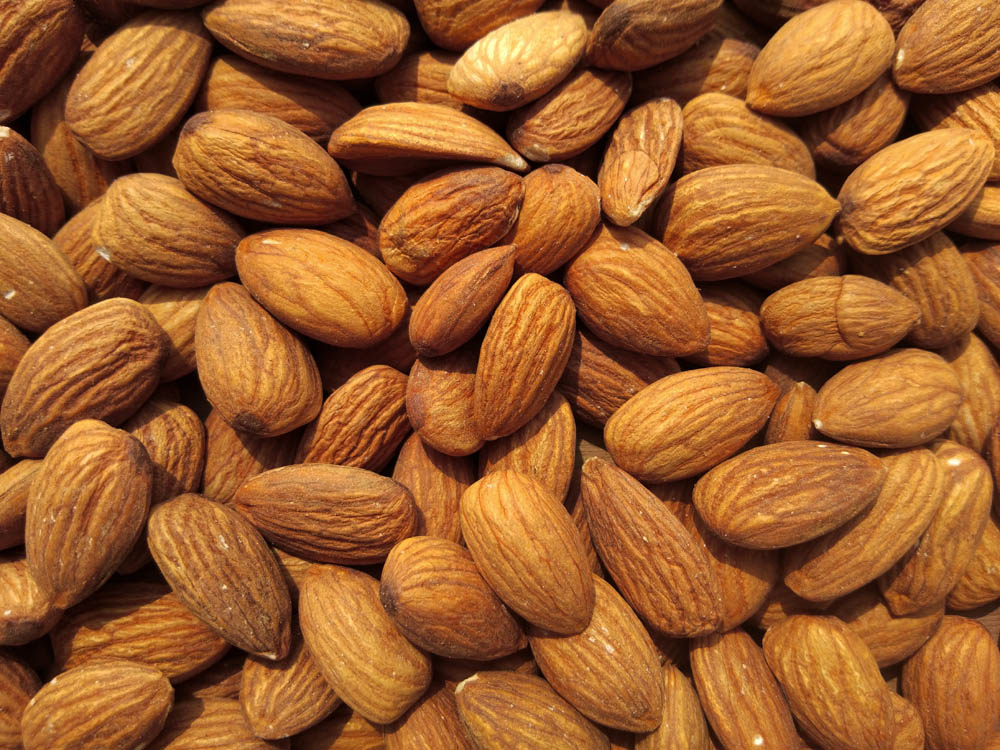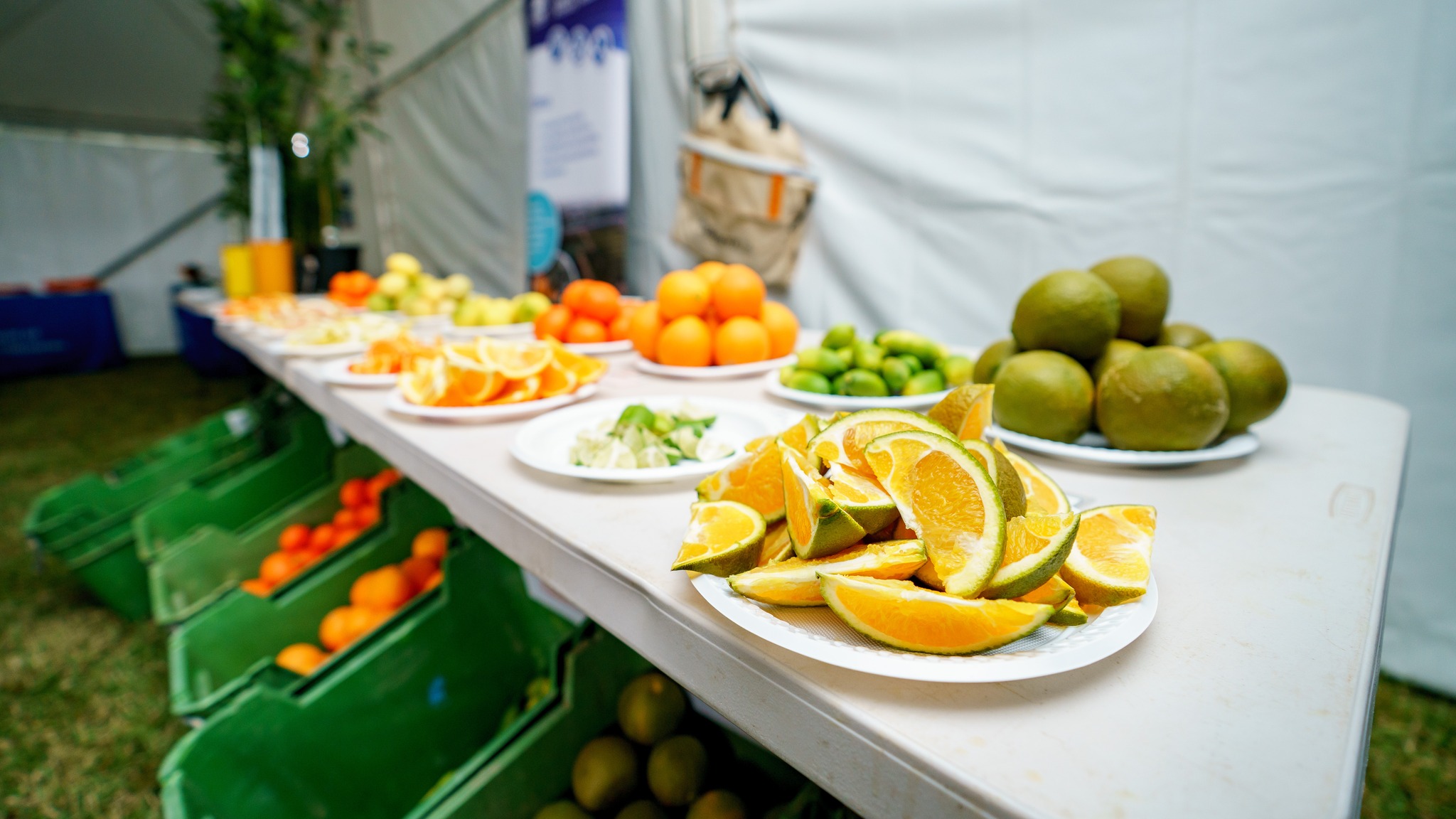Separately, the Varroa mite incursion impacting the honeybee industry has also represented a difficultly for horticulturalists growing crops dependent on pollination for maximising yields, such as almond and macadamia, and various orchard crops. The Australian honey bee industry has recently transitioned to a management program for the Varroa mite to minimise the ongoing impacts on both the honey industry and pollination reliant industries. 81
At the date of publication, industry information for 2022-23 is generally limited to trade data and some price data, while other detailed production information is not available, consequently the following production and price commentary analyses 2020-21 industry data, unless otherwise stated.









